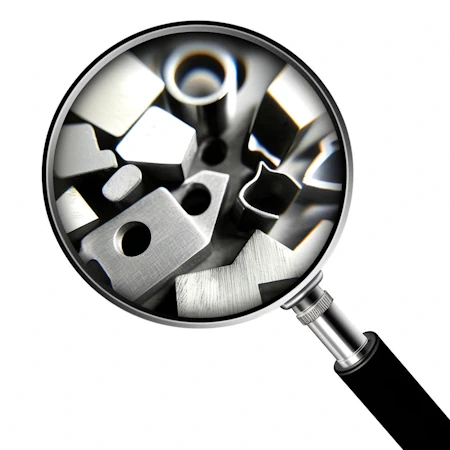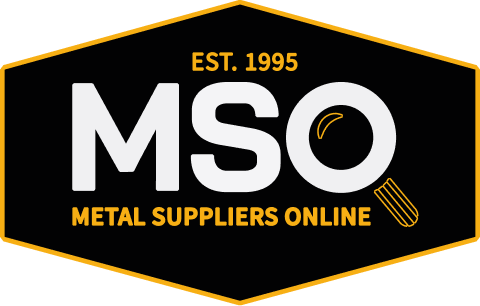Back To Browse
Refractory Alloys
Refractory Alloys Columbium - Hafnium - Titanium Alloy
Aging Procedure
Not applicable.
Annealing Procedure
Anneal at 2000 to 2400 F. A stress relief anneal may be done at 1600 F for one hour.
Applications
Used for rocket structures and heat radiation shields on aerospace and gas turbine applications for temperatures up to 2500 F.
Cold Workability
The alloy has good ductility in the annealed condition and may be cold formed by conventional means.
Corrosion Resistance
This alloy will form a protective oxide in most acids. This oxide will protect it from corrosion. However it is attacked by hydrofluoric acid or by alkaline solutions.
Forgeability
The alloy can be forged at 2200 F down to 1700 F.
Formability
Forming may be accomplished with the alloy in the annealed condition. It can be formed by bending, punching or stamping much the same as for plain carbon steel.
Hardening Procedure
Hardens by cold working.
Heat Treatability
Not heat treatable for hardness. See "Annealing".
Hot Workability
Hot forming, such as extrusion, may be done at 2200 to 1800 F. Hot rolling, or similar forming, may be done at 800 F.
Machinability
All of the refractory alloys are difficult to machine. Equipment must be powerful and rigid to prevent tool chatter. The columbium (niobium) alloys such as this one are more readily machined than other refractory alloys. For machining columbium alloy h
Other Comments
For use at elevated temperatures in air a protective silicide or aluminide coating should be applied to the parts made from this alloy.
Principle Design Features
This alloy of columbium (or niobium)m and hafnium has a commercial tradename designation of C-103. It is one of the columbium base refractory alloys. Also called KBI-3.
Tempering Procedure
Not applicable.
Weldability
This alloy can be welded by electron beam, resistance welding or gas tungsten-arc welding methods (GTAW). There is some loss of ductility in the weld.
Known Forms
Additional Data
Physical Properties
Density: 0.32lb/in³
Melting Point: 4260°F
Specific Gravity: 8.87
Specific Heat: 0.082BTU/lb·°F
Thermal Conductivity: 2.0167BTU/hr·ft·°F
Thermal Expansion: 4.5µin/in·°F
Mechanical Properties
Modulus of Elasticity – Tension: 12.6MSI
Find the metal you're looking for today.

